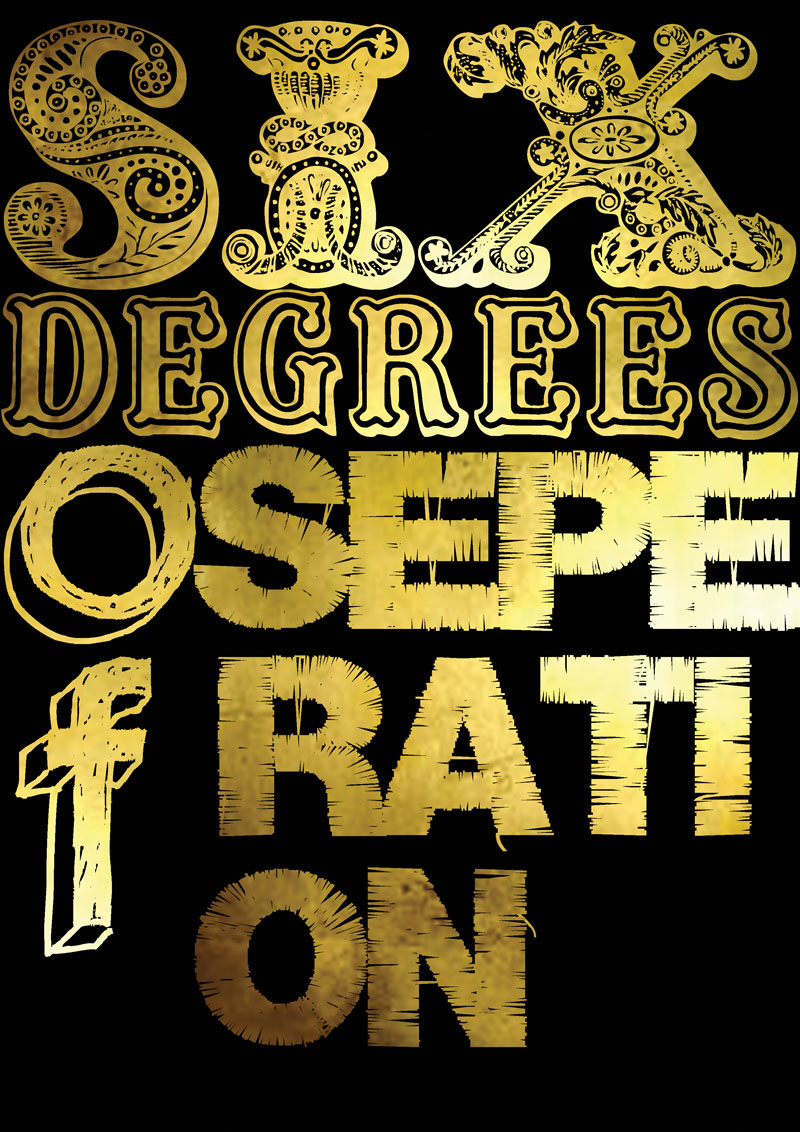 m&m paris
m&m paris
Paris born art and design duo Mathias Augustyniak and Michael Amzalag have, for the past 17 years been creating challenging and contemporary design as M&M Paris.
M&M’s style for design is one that is fast becoming exceedingly desirable within the fashion and branding world. and the reason for this? One of M&M’s ethos like concerns in design is having invented a set of rules or codes to rigidly adhere to in any given project or brief (grid-systems and rules within design are fundamental no matter what the desired feel of the outcome) to then find a way of executing these rules without seeming forced. This way of approaching the fundamentals of design combined with M&M’s methodology of devising new kinds of images by mixing different media such as photography, illustration and experimental typography, makes the design they create distinctive from any other. and in the world of design. the more distinctive, the better.
“everything about M&M’s creative style is distinctive”
their art direction, drawing, photography, typography, 3-D design and mastery of production.There isn't a weak card in their hand, but it's how they play their hand that makes them really interesting." Paul Neale co-founder of the london design studio graphic thought facility.
what m&m paris also do so well is the way they add a hand made feel to their designs like hand drawn elements, ink splats, torn paper, layered photos etc. these destails can make a peice of work look accidental, or spontaneous, but its this clever incorporation of these hand made elements that give M&M’s designs such originality.
M&Ms use of images in order to create type is what really draws me to them as a design student. there striking letter forms made using cut out layered fashion shots are amazing. on first glace the formation of the letters look almost accidental, just a happy accident of layered images. But on reflection the strict rules that M&M will imply in order to formulate these images is very rigid.
its this ability ( or desire) to use images and formulate letterforms is a technique that i really enjoy and for me is what M&M paris do better than most.

the type in this silkscreen film poster uses blocks over layered colour to create the numbers instead of single glyphs.

this other silkscreen film poster ( above) plays with the boundary of image and type by using different parts of the original photograph to colour the type.

you are a democrartist (above) is a great example of the unusual image/type boundaries that M&M have brought to the forefront of design.
the alphabet (above) i think is amazing. the clever way in which the fashion shots have been cut to form the letters while still retaining a really strong fashion photography style. this piece really highlights M&M;s use of images to create typography.
this interview magazine cover designed by M&M shows off their technique of creating hand made looking design.





















































